A few years ago, I took care of a friend’s dog in my home while she was on vacation. The dog scratched a little but I didn’t think that much of it. The following summer, I was in for a shock and what seemed like a hopeless fight. Suddenly, I had millions of fleas and they were out of control. They were everywhere! I had a severe flea infestation! I had three indoor cats at the time who never had fleas, so I didn’t use any type of flea control on them. My poor cats were miserable while I tried everything to get rid of these horrible pests.
Once you have a flea infestation, you have to attack it on multiple fronts, multiple times. You won’t win overnight! There is a stage in the life cycle of the flea (the pupa) that it is not affected by insecticides. So you may spray, dip, bathe, fog and then a few days later have fleas again as the pupae hatch.
Once you have a flea infestation, you have to attack it on multiple fronts, multiple times. You won't win overnight! #fleas #fleainfestation Share on XControlling a Flea Infestation On Your Pet
The first step is to bathe your pets to give them immediate relief. You can use a regular shampoo followed by a flea dip or just use a flea shampoo. Follow label directions carefully for the best results. If bathing is a problem like it can be with some cats, you can orally treat your pets with Capstar which will begin to kill the adult fleas within 30 minutes.
Once you have the adults off of your pet, you should begin a prevention program using a pill such as Program or a spot-on. You must wait 48-72 hours after bathing to apply a spot-on treatment such as Frontline or Advantage. These products contain an insect growth regulating (IGR) ingredient which is critical in winning the war on fleas. Insect growth regulators (IGRs) are compounds that inhibit the development of immature stages of insects and disrupt the flea life cycle. While IGRs are highly lethal to immature stages of insects, they are extremely safe for mammals. Flea collars, powders and sprays are not as effective as the new pill and spot-on methods of flea control.
If your flea infestation is not severe, these two steps may be all you need. If your infestation is severe with hundreds, thousands of fleas in the home attacking you as well as your pets, you need to tackle the environment as well. Environmental flea control is necessary only in cases of severe flea infestations where pets or their owners are suffering from numerous flea bites and allergic dermatitis.
Controlling a Flea Infestation In Your Environment
Vacuum your carpets and furniture, especially where pets lay, daily. A vacuum cleaner with a rotary beater bar can remove 15 to 20 percent of the larvae and 32 to 59 percent of the flea eggs in the carpet. Be sure to dispose of or freeze your bag immediately. Shampooing or steam cleaning your carpet will lift the fibers for better penetration of insecticide, if you apply one. Wash your pet’s bedding weekly along with anything else it may sleep on such as blankets or throw rugs. If you use an insecticide, apply it to carpets and surfaces. The most effective ones also contain an insect growth regulator (IGR). They come in foggers and powders.
Related post with updated information on using an insect growth regulator: My Favorite Hack in the War Against Insect Pests
Outdoors
If your pets go outdoors or you see fleas outside, you can spray your grass with insecticide also. Better yet, you can get nematodes that kill the flea larvae but do not harm beneficial insects. You can get them at gardening supply stores or order from the internet. They are inexpensive and easy to apply.
Alternative/Holisitic Treatments for a Flea Infestation
If you think you can control a flea infestation with natural remedies, you will be in for a long fight, and like others, will probably eventually give in to the above proven methods. According to information from Kansas State University, “Controlled on-animal and off-animal studies have shown that ultrasonic flea collars and other ultrasonic devices do not repel fleas, affect jumping rates, interfere with reproduction or alter flea development. The use of brewers’ yeast, garlic, B-complex vitamins and elemental sulfur products as flea repellents is common practice. Controlled studies have shown that these materials are not effective flea repellents.”
Don’t Give Up
Remember that the pupae are not affected by insecticide so they can continue to hatch over a period of weeks. You may need to take these steps more than once, but if you continue the pill or spot-on treatment regularly, they will eventually prevent all the fleas from reaching adulthood and, therefore, there will be no new eggs. So, did I learn my lesson? You betcha! I now use a spot-on treatment every month beginning in early spring through late fall. I haven’t had a problem since.
The pupae are not affected by insecticide so they can continue to hatch over a period of weeks. You may need to take these steps more than once. #fleas #fleainfestation Share on X






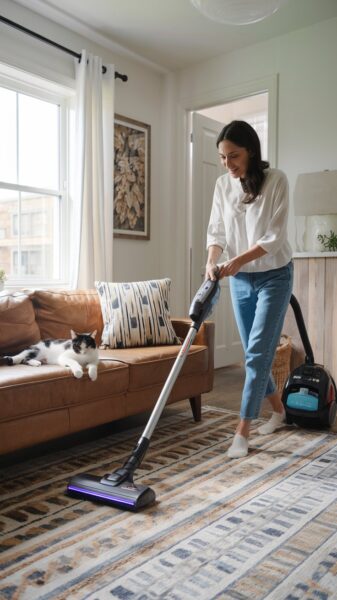
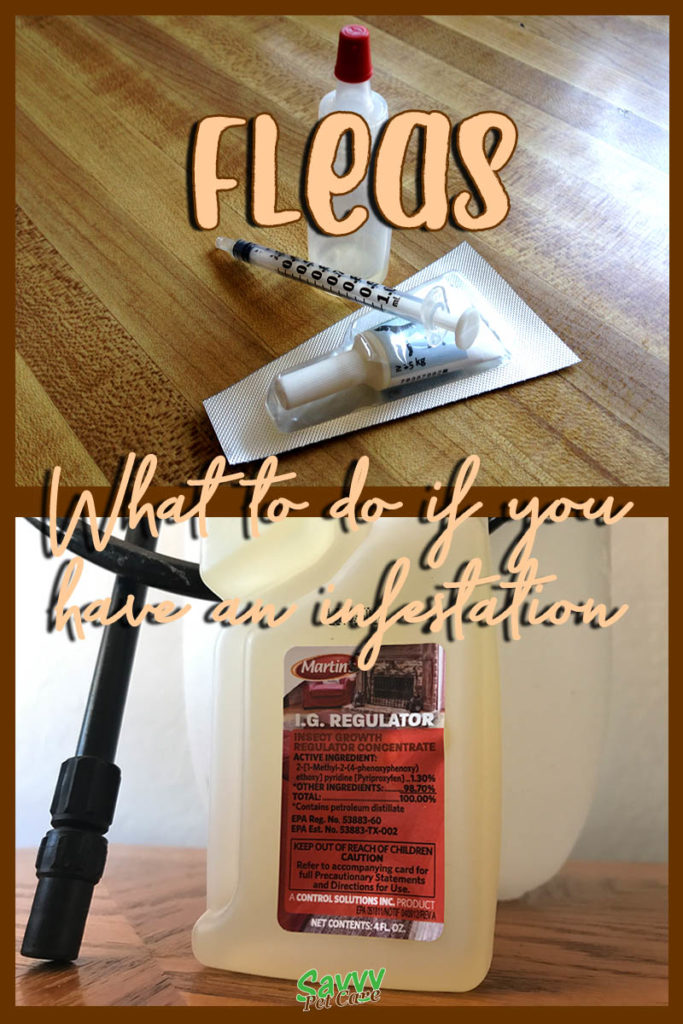

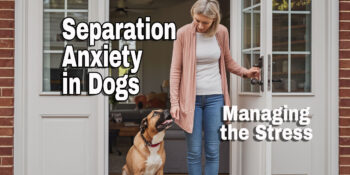


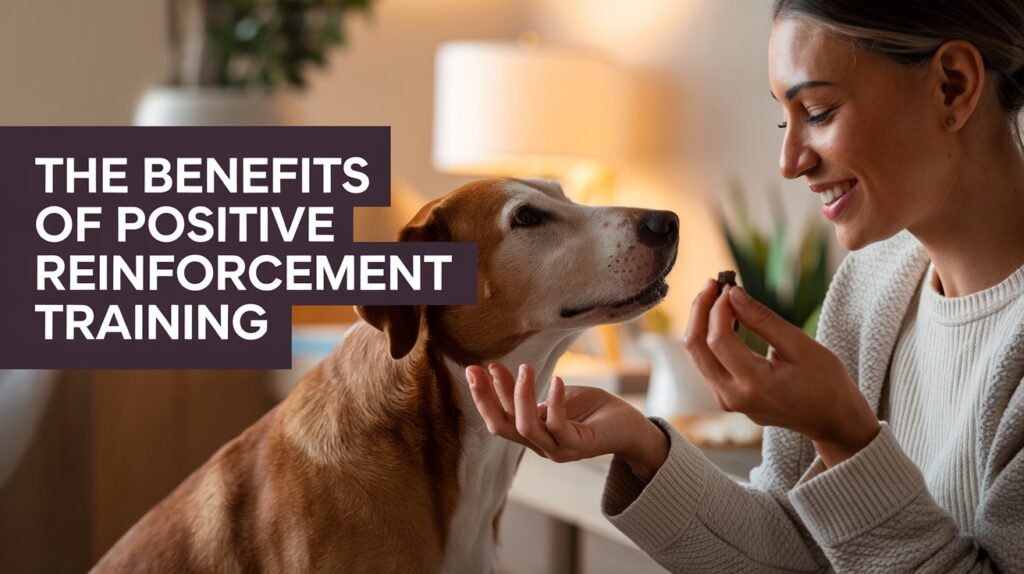
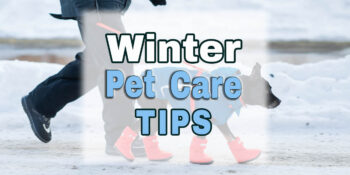
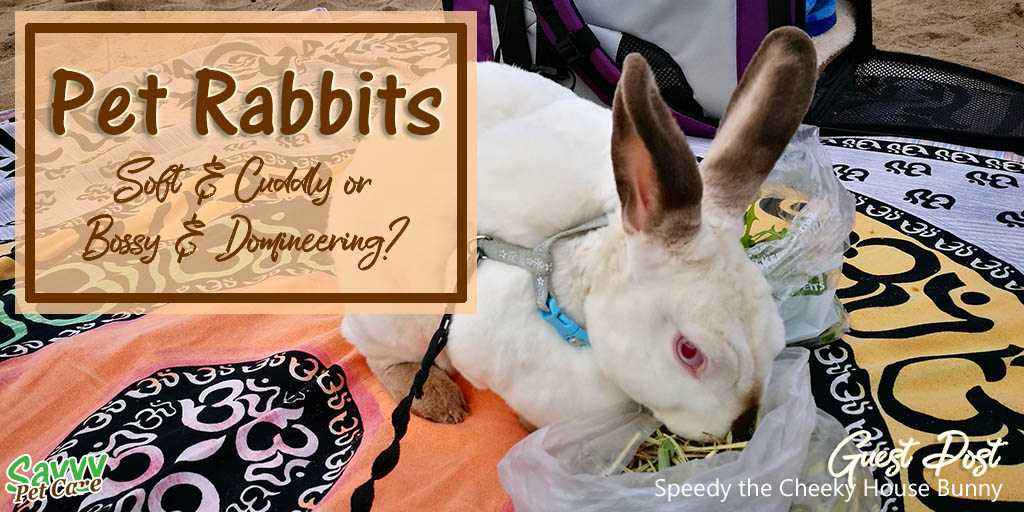
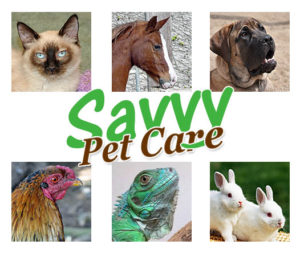

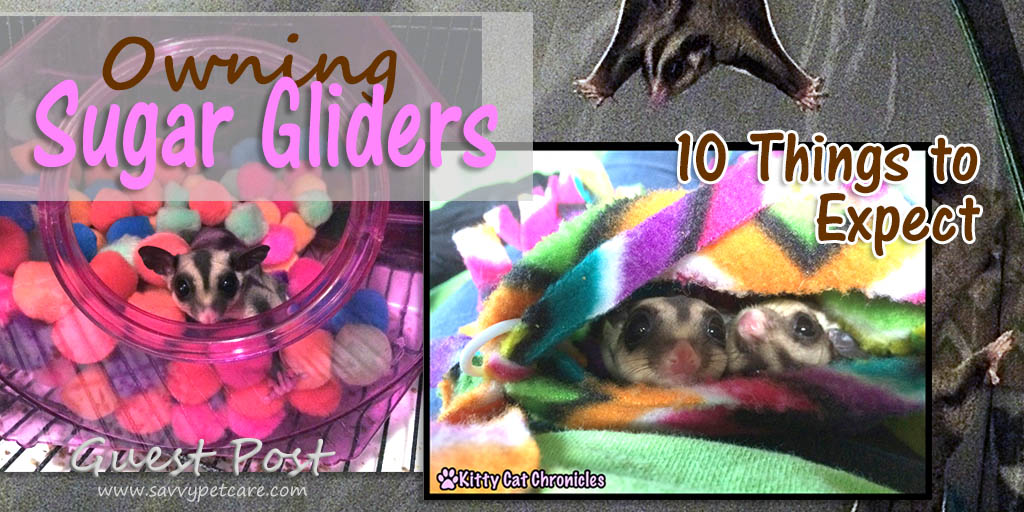


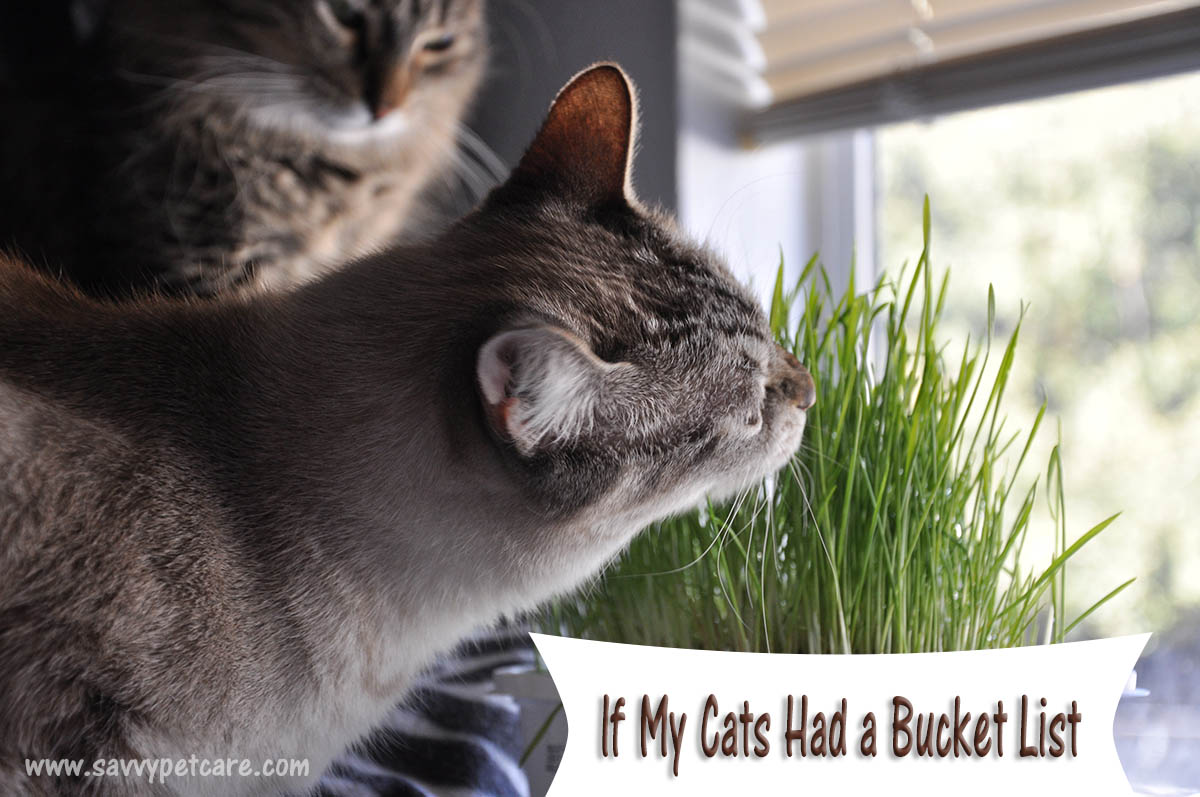



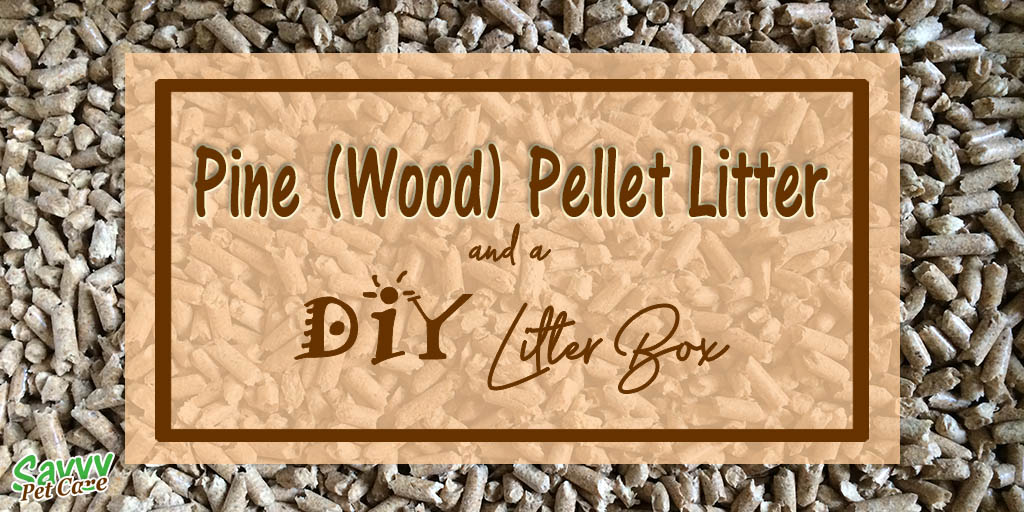

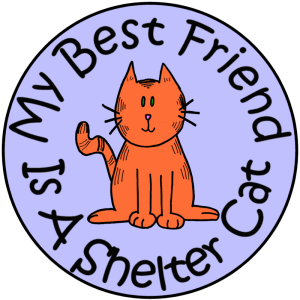
Pingback: Consequences of Fleas: Physical Misery and Worms | Savvy Pet Care
Pingback: My Favorite Hack in the War Against Insect Pests | Savvy Pet Care
Great . Thanks for sharing. really helpful and informative article
I prefer natural remedies. I have found the best way to treat fleas is with a Dawn bath. Just plain old Dawn Dish Soap.
I’m glad to hear that works for you. I’d prefer natural remedies but, for me, they just don’t work on fleas. Without breaking the cycle, they just keep coming back.
Fleas are an absolute nuisance. When we had an infestation we could not get rid of them. They came back time and time again. I know they are a health risk and so we decided to get a professional service done on our home.
I hope that worked for you. Even with a professional service they can come back because the lifecycle is so hard to break.
Pingback: Save Money on Flea Treatment - Savvy Pet Care
Pingback: How to Avoid a Flea Infestation - Christy Paws